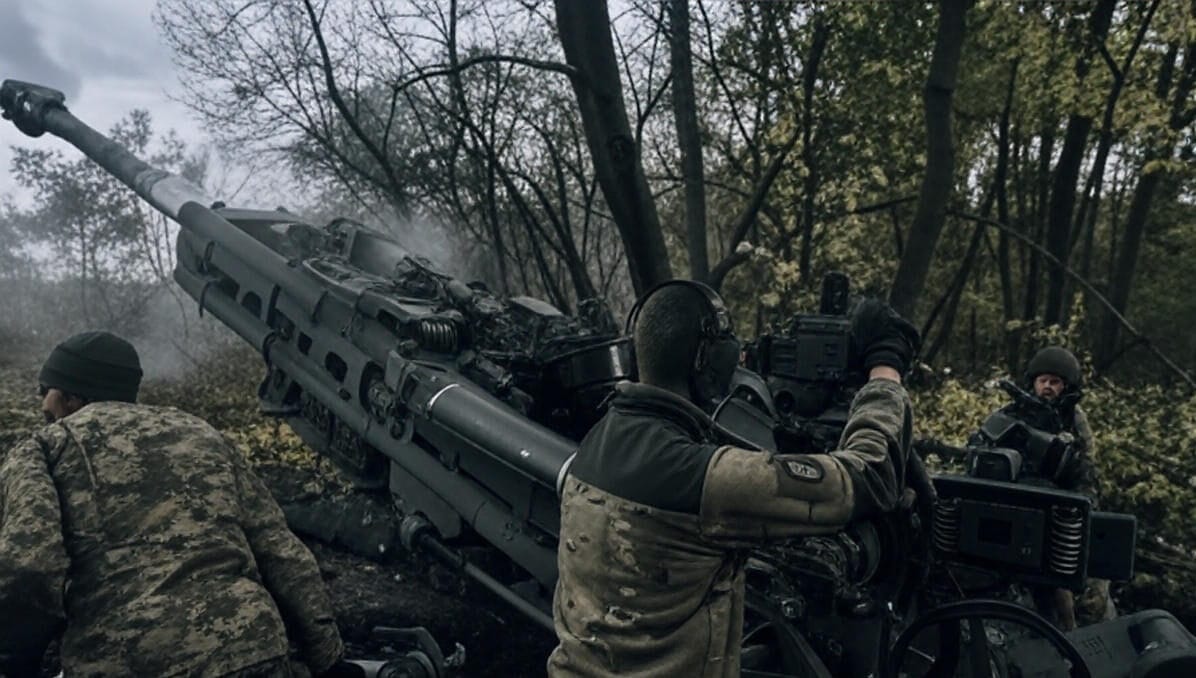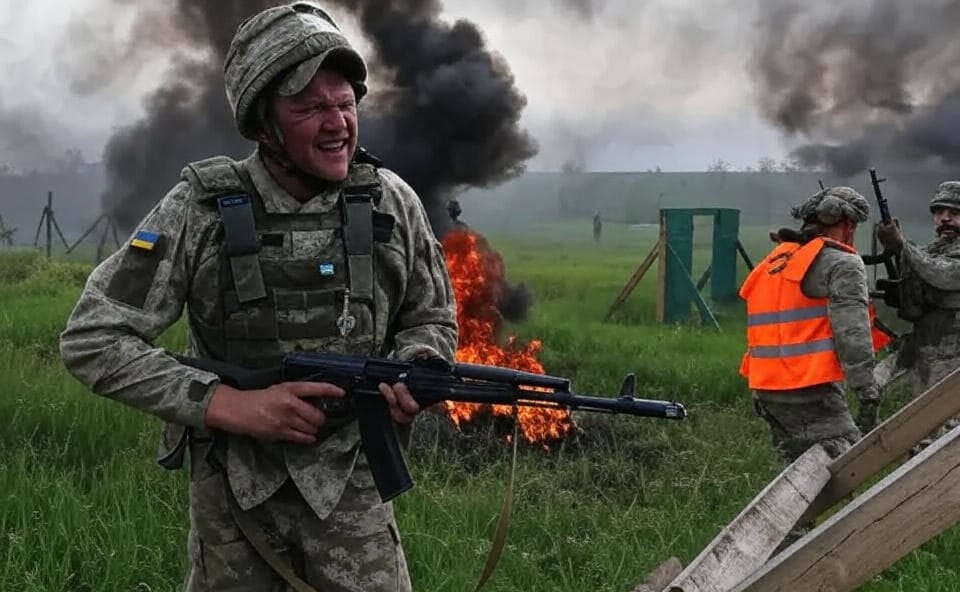
As the Russia-Ukraine conflict continues into its third year, the intensity of military engagements remains unrelenting. On July 27, 2025, Russian forces achieved tactical gains by capturing two villages in eastern Ukraine, including one in the Dnipropetrovsk region, while launching significant ballistic missile and drone attacks on key Ukrainian cities. In response, Ukraine demonstrated robust defensive capabilities, intercepting a staggering number of drones and missiles in a single night.This article provides a detailed overview of these developments, analyzing their strategic implications and the broader context of the ongoing war.
Russian Territorial Gains

Russian forces have made incremental but notable advances in eastern Ukraine, capturing two villages, one of which is located in the Dnipropetrovsk region. This region, a critical industrial and logistical hub for Ukraine, has been a focal point of Russian efforts to disrupt Ukrainian supply lines and weaken defenses in the east. The capture of these villages, while small in scale, reflects Russia’s strategy of grinding, attritional warfare aimed at securing strategic footholds. These gains provide Russian forces with improved positions for further offensives and control over local infrastructure, potentially complicating Ukrainian counteroffensives.
The Dnipropetrovsk region’s significance lies in its proximity to key industrial centers and its role as a staging ground for Ukrainian military operations. The loss of a village here signals Russia’s intent to pressure Ukraine’s eastern defenses, forcing Kyiv to divert resources from other fronts. However, these advances come at a high cost, with reports indicating heavy Russian casualties and equipment losses, underscoring the challenges of sustaining momentum in heavily contested areas.
Russian Missile and Drone Barrages
In tandem with ground operations, Russia intensified its aerial assaults on July 27, launching ballistic missile and drone attacks on Ukrainian cities, including Kharkiv, Dnipro, and Zaporizhzhia. These cities, vital to Ukraine’s economy and military efforts, have been repeatedly targeted to degrade civilian morale and infrastructure. Kharkiv, close to the Russian border, faces near-constant bombardment, while Dnipro and Zaporizhzhia, key logistical hubs, are critical to Ukraine’s war effort.
Ukraine’s air defenses, bolstered by Western-supplied systems like the Patriot missile system, proved highly effective, intercepting 728 drones and 13 ballistic missiles in a single night. This remarkable defensive performance highlights Ukraine’s growing capability to counter Russia’s advanced weaponry, though the sheer volume of attacks places immense strain on resources. The strikes caused civilian casualties and significant damage to infrastructure, including power grids and residential areas, further exacerbating Ukraine’s humanitarian challenges.
Ukrainian Counterstrike on Stavropol Factory

The factory is believed to produce critical communication equipment for Russian forces, making it a high-value target. The precision strike demonstrates Ukraine’s ability to project power deep into Russian territory, disrupting supply chains and signaling that no part of Russia’s war machine is beyond reach.
This attack follows a pattern of Ukrainian operations targeting Russia’s industrial base, including oil refineries and munitions depots. By hitting strategic assets like the Stavropol factory, Ukraine aims to weaken Russia’s ability to sustain prolonged military operations. The strike also carries psychological weight, showcasing Ukraine’s resilience and technological prowess despite intense pressure on the battlefield.
Strategic and Diplomatic Context
These military developments occur against the backdrop of ongoing peace talks in Istanbul, brokered by the United States. The third round of negotiations, involving Ukraine’s Rustem Umerov and Russia’s Vladimir Medinsky, has yielded limited progress, with agreements on prisoner exchanges but no breakthrough on a comprehensive ceasefire. U.S. President Donald Trump has imposed a 50-day deadline for a peace deal, threatening severe economic sanctions on Russia, including 100% tariffs on countries purchasing Russian oil, gas, or uranium. This diplomatic pressure underscores the urgency of de-escalation, though both sides remain entrenched in their positions.
The conflict’s toll on Ukraine is evident, with domestic unrest emerging over President Volodymyr Zelenskyy’s controversial law curbing anti-corruption agencies’ independence. Protests in Kyiv, Lviv, and other cities reflect growing public frustration, though Zelenskyy’s promise to restore agency autonomy may mitigate dissent. Meanwhile, U.S. military support, including $330 million in new arms sales, continues to bolster Ukraine’s defenses.
Conclusion
The capture of villages in eastern Ukraine, Russia’s intensified aerial assaults, and Ukraine’s strike on the Stavropol factory highlight the dynamic and multifaceted nature of the Russia-Ukraine conflict. While Russian advances signal persistent pressure on Ukraine’s eastern front, Ukraine’s defensive and offensive capabilities demonstrate its resilience. The ongoing peace talks and U.S. diplomatic efforts offer a glimmer of hope, but the path to resolution remains fraught. As both sides continue to adapt their strategies, the international community must balance support for Ukraine with efforts to prevent further escalation in this devastating war.





